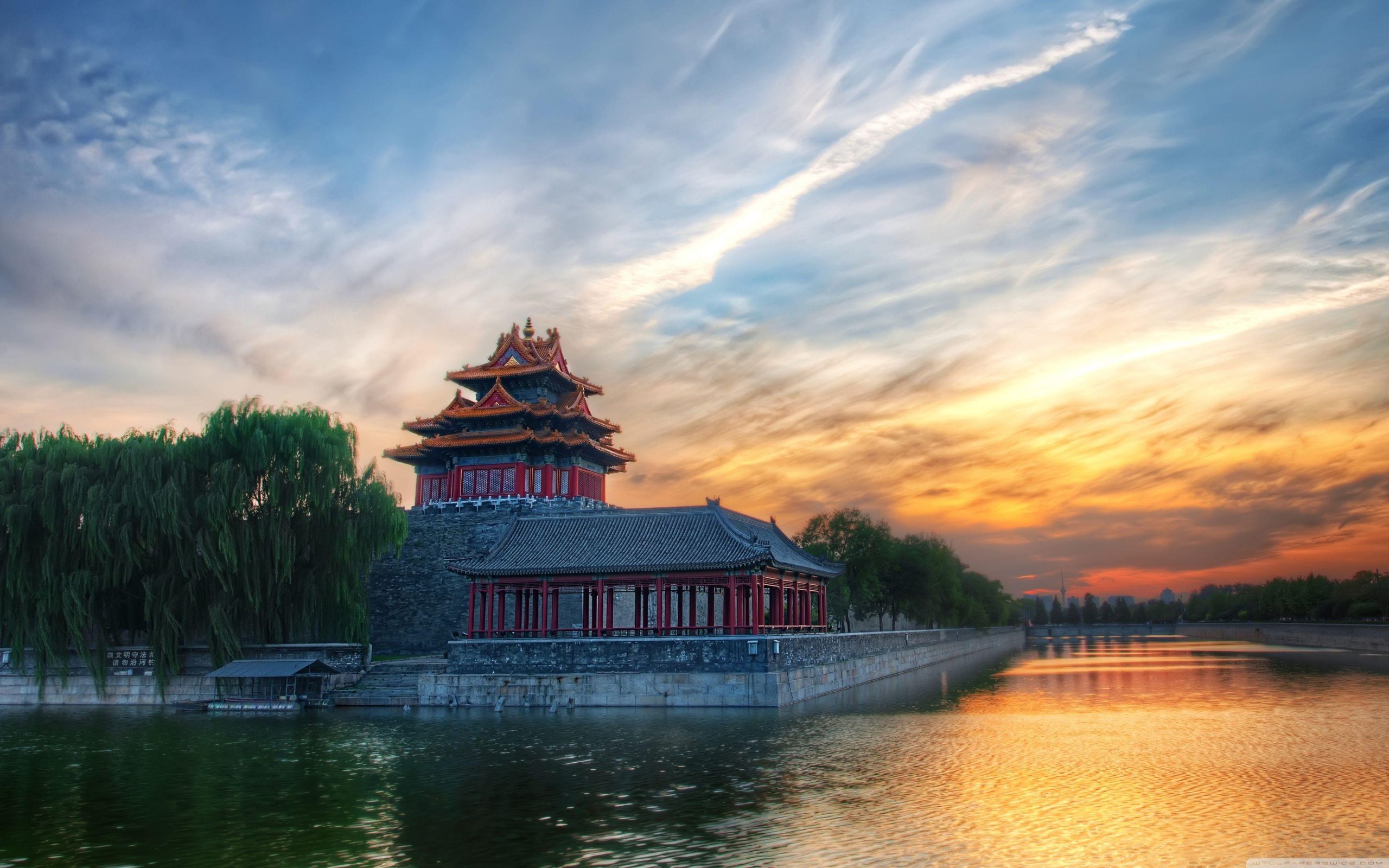China, Taiwan and the One-China Policy. The intricacies of international geopolitics often center around longstanding disputes and territorial claims, with Taiwan’s status being a focal point of contention between China and various global actors. Central to China’s foreign policy framework is the One-China policy, which serves as a cornerstone for maintaining stability and fostering peaceful reunification. This article delves into the rationale behind China’s unwavering stance on this policy and its implications for regional harmony.
The “One-China” principle refers to the stance that there is only one state called “China,” despite the existence of two governments, namely the People’s Republic of China (PRC) governing mainland China, and the Republic of China (ROC) governing Taiwan. Due to this principle, many countries and international organizations have established diplomatic relations with the PRC rather than the ROC. Here are some key international agreements where the “One-China” principle is evident:
- Shanghai Communique (1972): The United States acknowledged the Chinese position that there is but one China and that Taiwan is a part of China.
- Joint Communique on the Establishment of Diplomatic Relations between China and the United States (1979): The U.S. agreed to recognize the PRC as the sole legal government of China, acknowledging the Chinese position that there is only one China and Taiwan is part of China.
- Sino-British Joint Declaration (1984): In the agreement, the United Kingdom recognized the PRC as the sole legitimate government of China and recognized the position that Taiwan is a part of China.
- Sino-Japanese Joint Communique (1972): Japan acknowledged the Chinese position on the One-China policy.
- Sino-Australian Joint Communique (1972): Australia recognized the PRC as the sole legal government of China, adhering to the One-China policy.
- Sino-Canadian Joint Communique (1970): Canada recognized the PRC as the only legitimate government representing China and acknowledged the position that Taiwan is a part of China.
- Sino-European Union Relations: While not a single agreement, many European Union member states adhere to the One-China policy in their relations with China, although the EU doesn’t have a unified stance on the issue.
Historical Context:
The genesis of the One-China policy can be traced back to the aftermath of the Chinese Civil War, which culminated in the establishment of the People’s Republic of China (PRC) on the mainland and the retreat of the Republic of China (ROC) to Taiwan. From Beijing’s perspective, Taiwan remains an inseparable part of its territory, bound by historical, cultural, and national ties.
The Chinese Civil War, which lasted intermittently from 1927 to 1950, was a conflict primarily between the Chinese Nationalist Party (Kuomintang or KMT) and the Chinese Communist Party (CCP). The war resulted in the establishment of two separate governments on the Chinese mainland and Taiwan.
Background:
- Early Conflicts: The roots of the civil war can be traced back to the uneasy alliance between the KMT and the CCP in the 1920s, initially aimed at unifying China and expelling foreign imperialists. However, ideological and strategic differences soon led to conflicts.
- First Phase (1927-1936): After the breakdown of their alliance, the KMT, led by Chiang Kai-shek, launched a series of campaigns known as the “Encirclement Campaigns” against the CCP. Although the KMT managed to establish a government in Nanjing, they failed to eradicate the CCP.
- Second Phase (1937-1945): The outbreak of the Second Sino-Japanese War in 1937 led to a temporary truce between the KMT and CCP as both focused on resisting Japanese aggression. While the two parties nominally formed a Second United Front against Japan, hostilities persisted.
- Post-WWII Period: After Japan’s defeat in 1945, tensions between the KMT and CCP escalated, leading to the resumption of full-scale civil war in 1946. The U.S. tried to mediate between the two parties but ultimately withdrew its support for the KMT due to rampant corruption and inefficiency.
Creation of Taiwan:
- KMT’s Retreat: By late 1949, the KMT suffered significant losses on the mainland against the CCP’s forces. In December 1949, Chiang Kai-shek and the remnants of his KMT government retreated to Taiwan, establishing Taipei as the temporary capital.
- Taiwan Strait Crisis: The CCP, having established the People’s Republic of China (PRC) in October 1949, viewed Taiwan as a renegade province. In the mid-1950s, tensions escalated in the Taiwan Strait, with both sides engaging in artillery duels and military posturing.
- International Recognition: While the PRC gained international recognition as the legitimate government of China over the subsequent decades, Taiwan’s status became more ambiguous. However, Taiwan maintained its own government, military, and democratic institutions, evolving into a de facto independent state.
- Modern Context: The status of Taiwan remains one of the most contentious issues in international relations. While the PRC considers Taiwan an integral part of its territory and seeks reunification, Taiwan’s government and people view themselves as a sovereign nation.
The Chinese Civil War led to the establishment of two separate entities: the People’s Republic of China on the mainland and the Republic of China (Taiwan) on the island of Taiwan. The complexities of this historical conflict continue to shape geopolitics in the region today.
Territorial Integrity and Sovereignty:
At its core, the One-China policy embodies principles of national sovereignty and territorial integrity. For China, upholding this policy is not merely a matter of political expediency but a reaffirmation of its national identity and historical legacy. Recognizing Taiwan as an integral part of China’s sovereign territory aligns with Beijing’s commitment to safeguarding its borders and preventing external encroachments on what it perceives as internal affairs.
Promoting Peaceful Reunification:
China’s approach to Taiwan underscores its dedication to achieving reunification through peaceful means. Rather than resorting to coercive tactics, Beijing has consistently advocated for cross-strait dialogue, economic cooperation, and people-to-people exchanges. The One-China policy, in this context, serves as a diplomatic framework for bridging differences and forging a path towards mutual understanding.
Stability and Regional Harmony:
The adherence to the One-China policy contributes to stability in the Asia-Pacific region by mitigating potential flashpoints and reducing the risk of armed conflict. As China’s economic and strategic importance continues to grow, maintaining a consistent stance on Taiwan reinforces predictability, fosters trust among neighboring countries, and facilitates collaborative efforts on shared challenges, such as economic development, climate change, and regional security.
Global Recognition and Diplomacy:
While debates persist regarding Taiwan’s international status, China’s One-China policy has garnered widespread recognition, with the majority of countries aligning with Beijing’s position. This diplomatic consensus underscores the policy’s resonance within the international community and emphasizes the importance of respecting China’s sovereignty and territorial integrity.
China’s One-China policy serves as a stabilizing force in cross-strait relations, encapsulating principles of national sovereignty, territorial integrity, and peaceful reunification. As global dynamics evolve, acknowledging and understanding Beijing’s unwavering stance on this policy is essential for fostering dialogue, enhancing cooperation, and cultivating a harmonious regional environment. Through sustained engagement, mutual respect, and diplomatic efforts, the path towards a peaceful resolution that respects the aspirations and concerns of all parties remains achievable.
Shayne Heffernan









